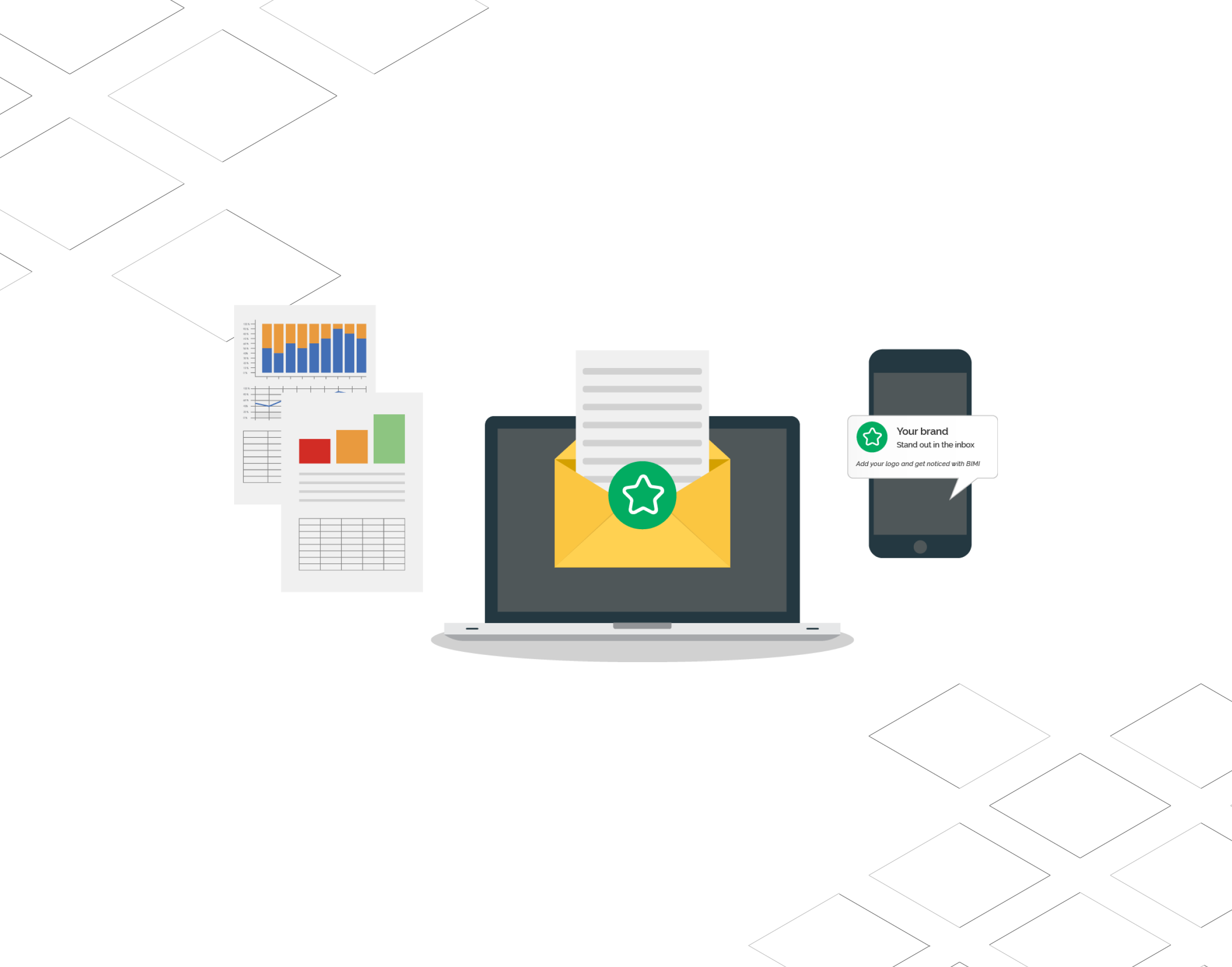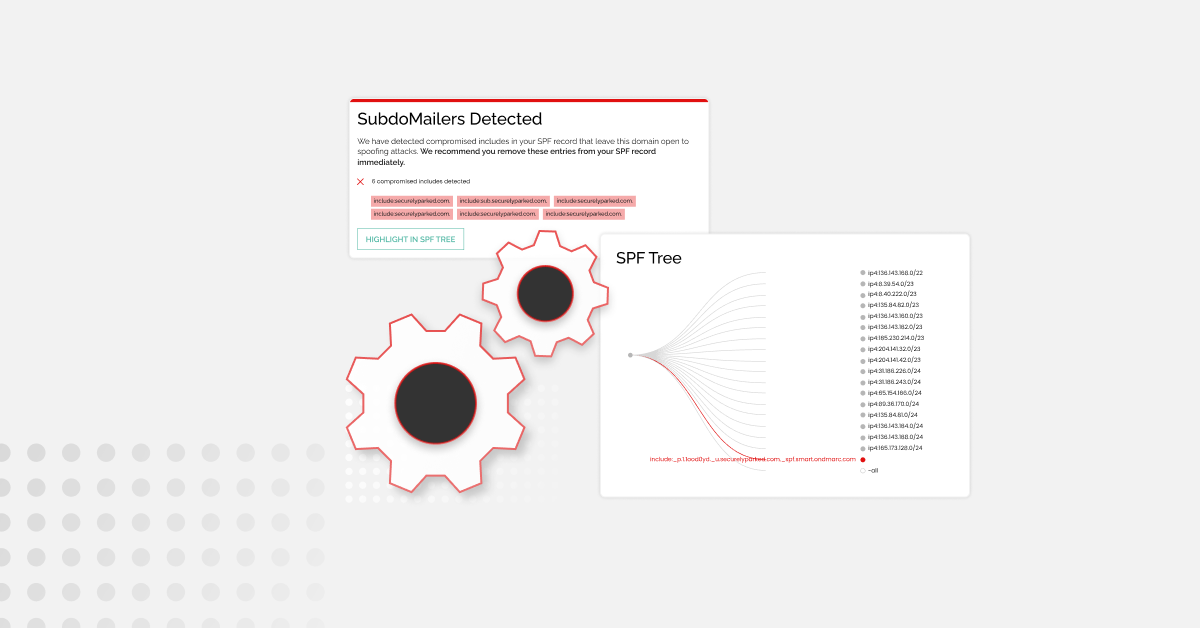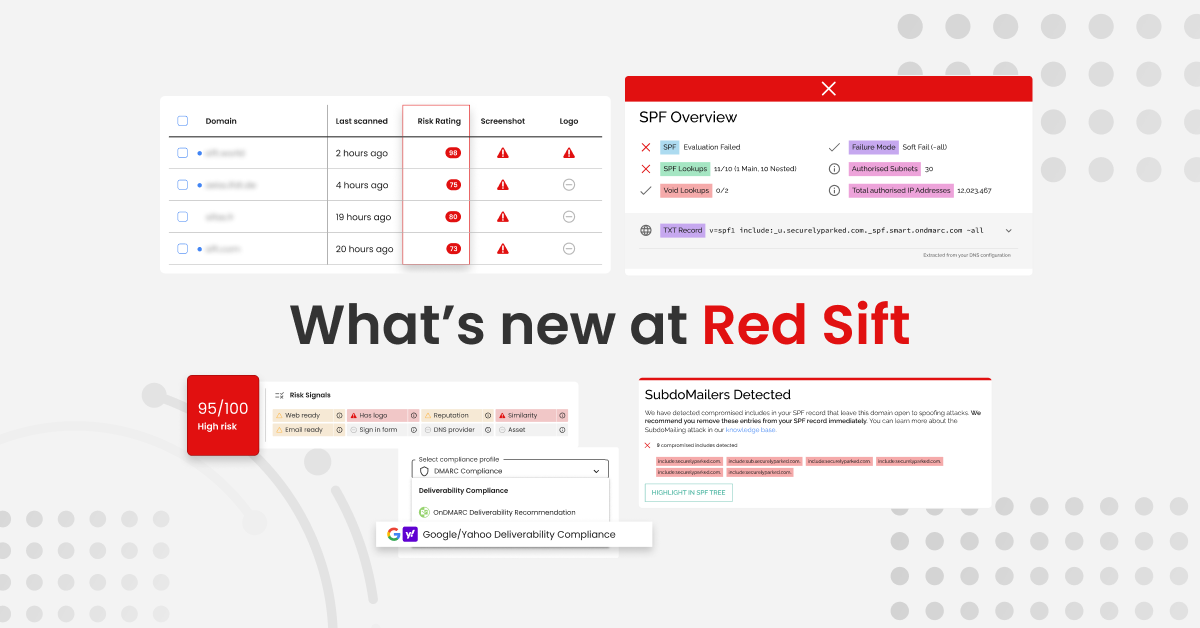In theory, email marketing should be simple. But as most of the industry’s professionals will tell you, it’s not. There are many marketers out there making major mistakes that are affecting the ROI of their email campaigns, and too many aren’t locking down the basics to secure success.
More than 126 emails are shooting into the average consumer’s inbox every day, but open rates are only sitting at a measly 18%. Getting into the inbox and making an impression is hard, but by putting the email fundamentals in place, you’ll put your brand in prime position to reap the revered reward that is ROI.
Here are 8 reasons to add BIMI to your marketing budget for the coming year.
But first, what are DMARC and BIMI?
DMARC (Domain-based Message Authentication, Reporting, and Conformance) is an email authentication protocol that protects domains from exact impersonation. When it’s properly configured, it uses existing security protocols SPF and DKIM to make sure that the emails sent using your domain are legitimate. This stops hackers from impersonating your brand and can improve your email deliverability.
BIMI stands for Brand Indicators for Message Identification. This new standard allows businesses to display registered, trademarked logos on DMARC-authenticated emails using a Verified Mark Certificate (VMC). BIMI with VMC helps you stand out in the inbox, and has been shown to improve consumer interaction and confidence in emails.
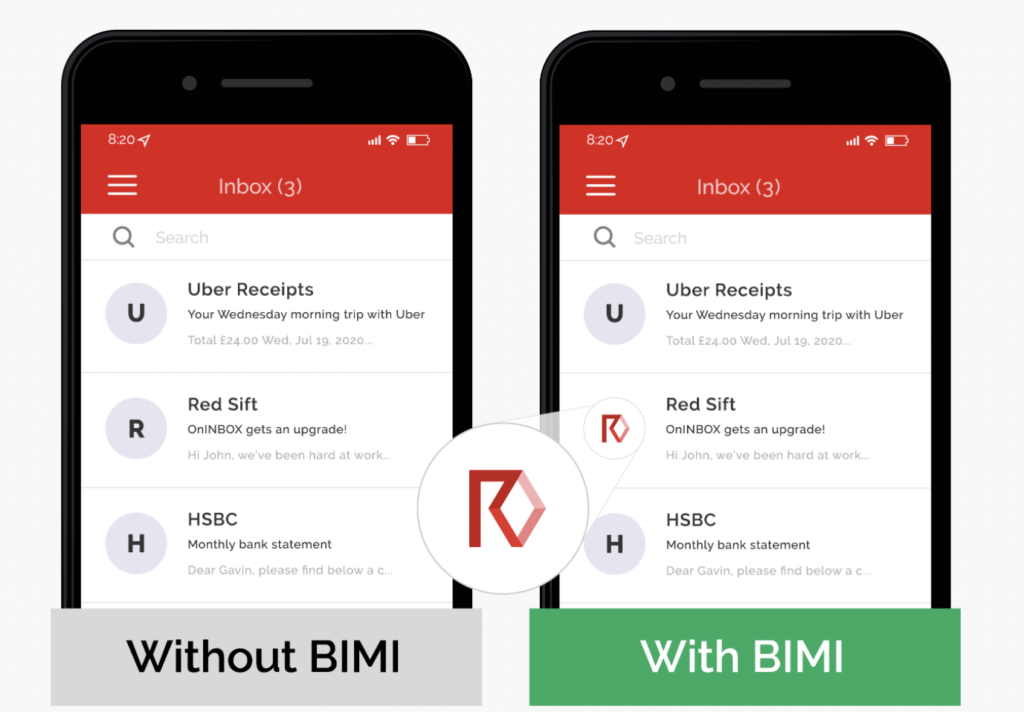
So why is BIMI with VMC valuable for marketing?
1. It can help to secure your brand reputation for good
To qualify for BIMI with VMC, your domain needs to be DMARC compliant, at a policy of p=reject. A DMARC policy is essentially the instruction you give to recipient servers, telling them what to do with emails coming from your domain. So, a p=reject policy tells recipient servers to reject any emails that aren’t coming from a source you’ve approved to send emails on your behalf.
This actively stops cybercriminals from being able to use your brand and domain to send fraudulent emails, because the sources they’re sending from won’t have been approved by you, and their emails will be blocked from ever reaching any recipient inbox.
But why is this a marketing issue? Bad actors don’t pick businesses to impersonate by chance. Instead, they choose organizations with strong, reputable brands that carry a lot of weight. And if these companies aren’t DMARC protected, they’ll pounce on the chance to leverage this for their own gain, at your reputation’s expense.
Studies have shown that 64% of Americans would blame a company over a hacker if it lost personal data via a breach, and 73% of consumers say trust in companies matters more now than it did a year ago. So, being able to protect your brand from exact impersonation via one of the most-used channels worldwide is priceless.
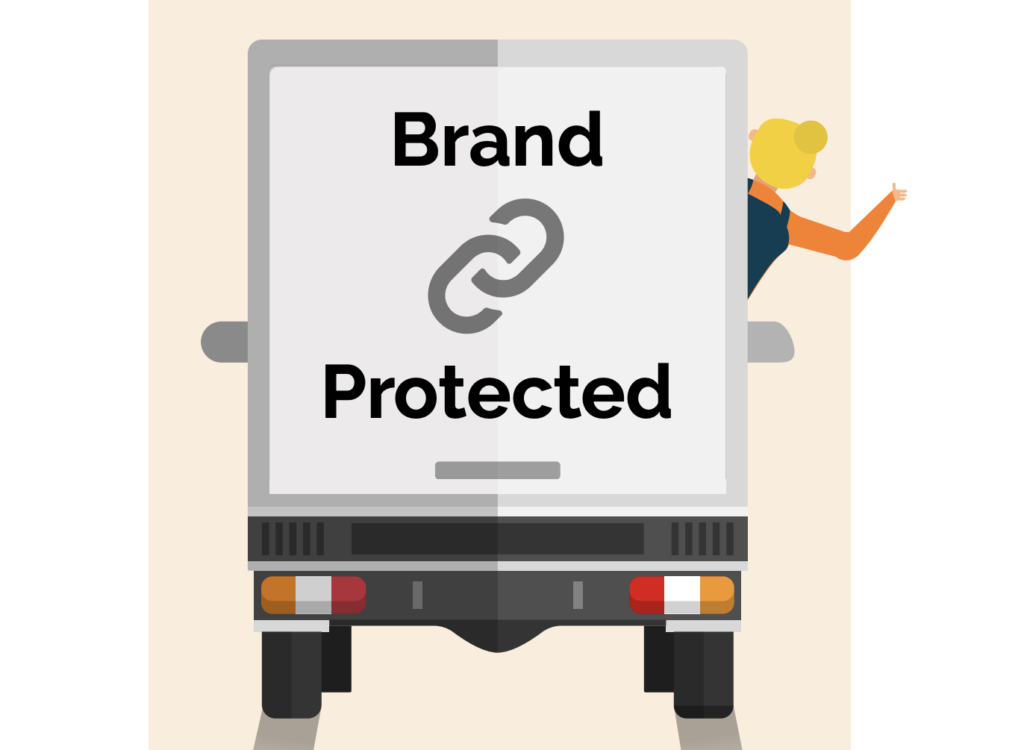
2. Showing a logo encourages email opens
Email open rates are a challenge at the best of times. This is made worse during peak seasons like Black Friday and Thanksgiving when businesses everywhere bombard consumer inboxes with the latest discounts and deals.
But BIMI could be the next big thing for unlocking email open rates for good. In research carried out with our partner Entrust, we found that showing a registered logo in the avatar slot of an email increased opens by a whopping 38%. Good news for marketers everywhere.

3. Registered logos increase consumer trust and confidence
In a day and age where email phishing attacks are becoming increasingly sophisticated, getting recipients to trust the emails you’re sending aren’t fake is both important and difficult.
BIMI with VMC isn’t an authentication protocol, but to be eligible for it you must be DMARC compliant. So to the consumer, this means that any emails coming from your domain are legitimate, and a registered logo is further proof of this, giving them every reason to trust your email is safe.
And it gets better. In our research, we found that showing a registered logo in an email increased consumer confidence in the email’s legitimacy by 84% in the US and 90% in the UK.
4. Showing a logo in email helps customers remember you better
BIMI not only encourages the globalized adoption of DMARC but it’s also been shown to improve how consumers interact with emails. We found that showing a registered logo in an email can boost brand recall by as much as 120%. On the flip side, businesses that don’t show a logo on their emails lose out.
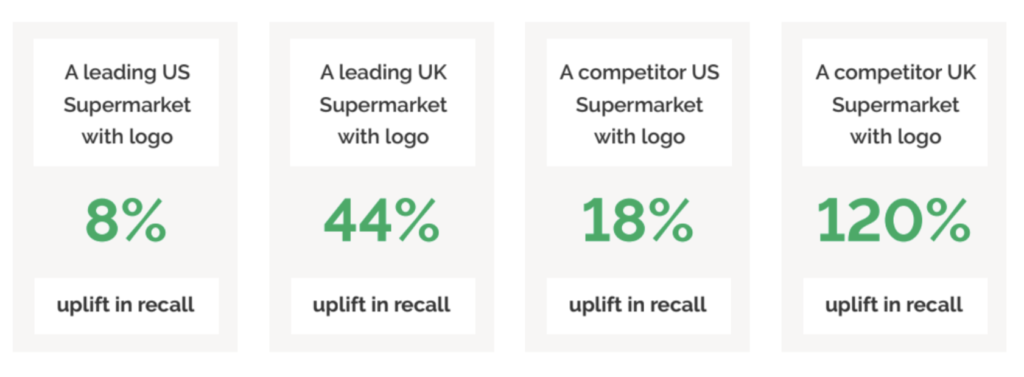
5. DMARC helps get your emails delivered
It should be no secret that DMARC improves email deliverability, but a surprising number of marketing professionals aren’t aware of this. So while you’re busy perfecting subject lines and segmenting lists, you could be missing out on a sure-fire way to get more eyes on your messaging.
But how does this work? By implementing DMARC correctly at p=reject, you’re telling recipient inboxes that all mail coming from your domain is legitimate. As a result, deliverability skyrockets, inbox placement is often made better, there are more eyes on your emails, and more value is generated by your email marketing campaigns.
6. BIMI improves purchase likelihood
Perhaps most important for those looking to increase conversions, we found that consumer purchase likelihood was also positively affected by showing a registered logo in an email.
In our research, we saw how a leading food delivery services brand with more than half the market share and no logo lost 24% of sales share. Meanwhile, the competitor who did display a logo gained 34%. BIMI is an all-around no-brainer for businesses and marketers alike.
7. It puts lesser-known businesses on the map
In our research, it was clear that showing a logo in an email improves how consumers interact with it. But it also had an unpredicted effect on a business with no pre-existing reputation.
In our research, we included a completely unknown brand as a “control” so that the impact of displaying a logo alongside a promotional email could be fully evaluated. For this, we used a business with no market share or pre-existing brand reputation. Amazingly, despite having no pre-existing reputation, when its logo was displayed it gained 21% share of promotional email opens in the US and 62% in the UK (when compared to itself without a logo). It also gained 38% sales share too.
This suggests that BIMI doesn’t just benefit the bigger brands, and could level the playing field for all businesses looking to stand out in the crowd and see results.

8. Its adoption will help strengthen the entire email ecosystem
The email ecosystem is a global network that stretches far and wide, and it’s important we all play our part to keep it secure. The more businesses that adopt DMARC (and BIMI with VMC) as the standard way to authenticate emails and block hackers from impersonating their domains and brands, the safer the global email channel will become as a whole.
See the benefits of BIMI for yourself
With Red Sift, DMARC and BIMI implementation are easy, straightforward, and fast. In partnership with Entrust, we’re the one and only provider of an end-to-end DMARC and BIMI solution.
Want to see just how BIMI can boost email marketing success for yourself? Take the first step and find out if you’re BIMI-ready today!


